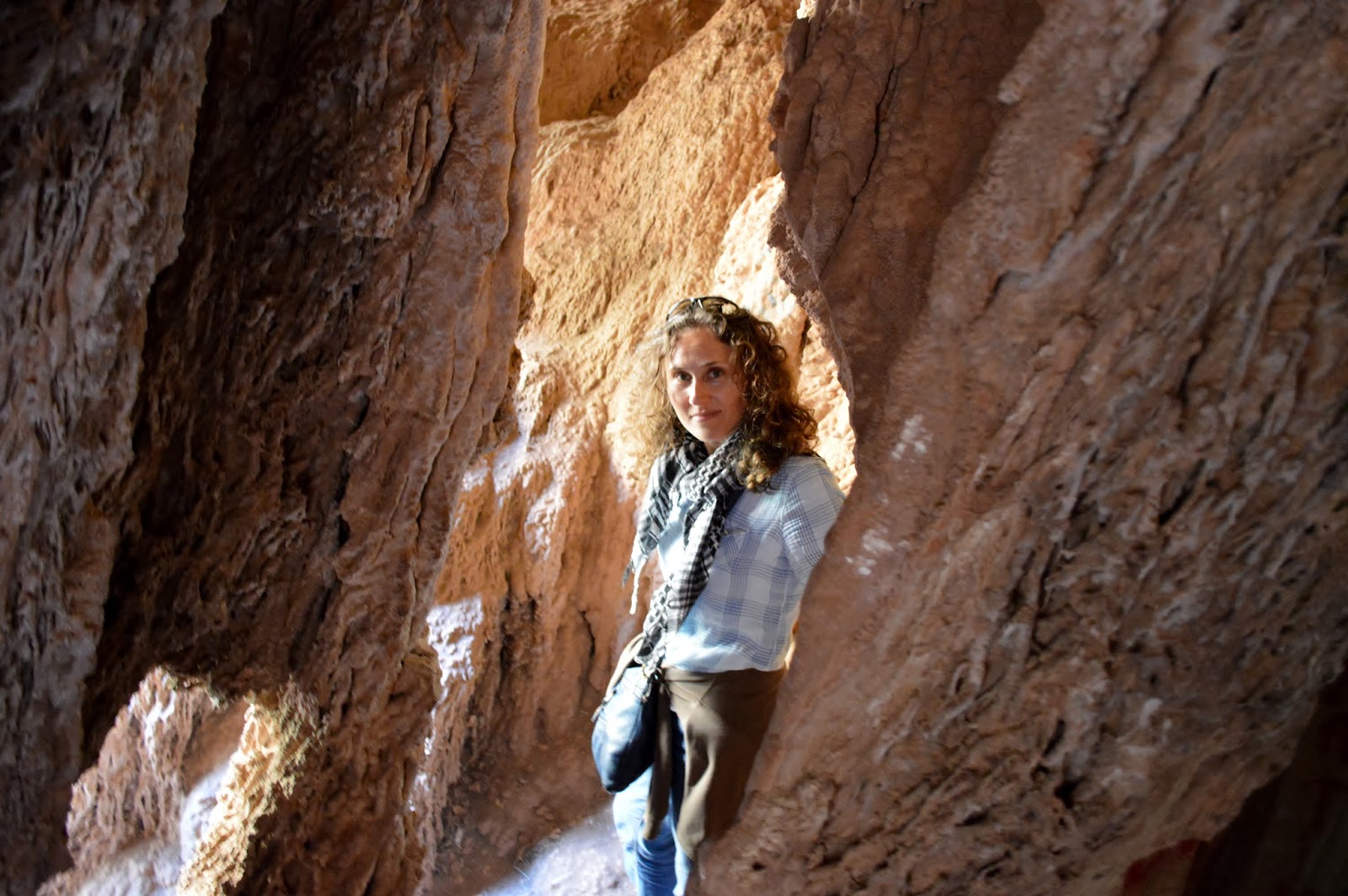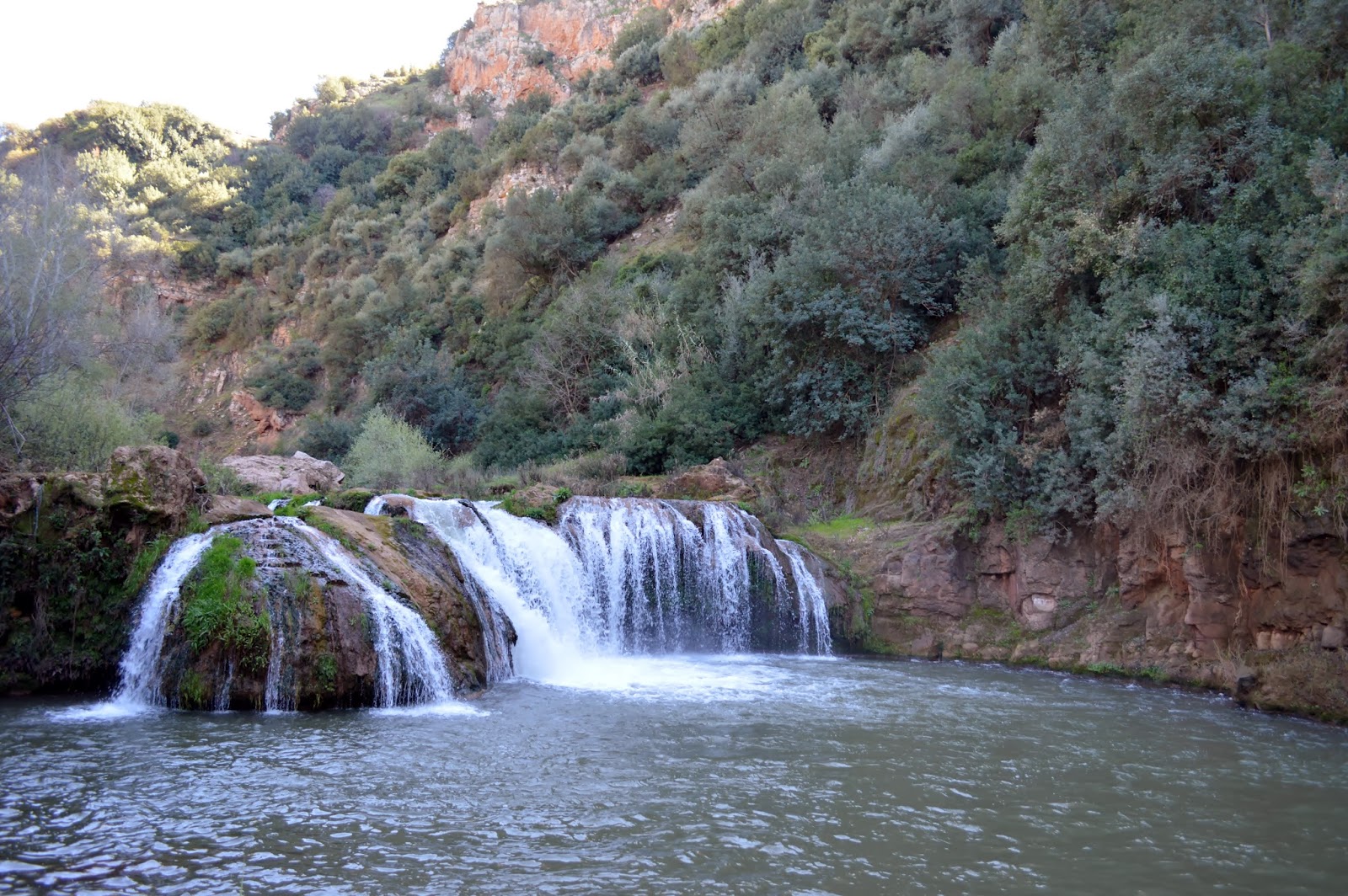The ferry crossing was rough, half of the people on the ship were vomiting all over the place (myself included). The swell was so huge I thought the boat will crack at any minute. I was happy to touch Spain again, however briefly. The afternoon towards Portugal was warm and peaceful and we rode into Portimao with the sun setting in the west and we felt again the European levante, although not as bad as before.
Portugal was a sweet and short passing, the country is tiny, with beautiful villages in the South, even though remote and sparsely populated, with an amazing coastline to Lisbon. We camped for 4 days in Portimao, resting and washing everything after Morocco and then we intended on riding to Lisbon and camping there but we had a mishap with my "trusted" Garmin Zumo, which by this time I was ready to drown in the Atlantic. We entered the coordinates for the camp outside Setubal and it almost guided us somewhere out at sea. This was not the first time for this to happen: in Tarragona we entered the Yamaha Dealer's address and it took us out at sea and it showed us a red line in the ocean for about a kilometer. In Bilbao, it took us on a piece of highway that was cut off above the city, with no warning. It does not see One way streets in the city, and sometimes it just loses the whole road altogether leaving me clean out in the bush. So it is a love/hate relationship, but I think I will break it off soon.
Therefore, when we saw that we are stranded in the middle of nowhere (literally; see the photo below), we decided to keep going. We entered Lisbon around 5:30 in the evening and again the lady in the GPS (I have many names for her, but they are not very nice) decided to take us out to sea again and of course we got lost. I got angry so I headed North on the highway towards Porto, passing Lisbon fast. Porto was high on my list and I wanted to experience it a little bit more than anything else in Portugal. I was right on: Porto has a medieval feel to it and we loved walking its streets around the center and all the way down to the river.
We were lucky (we thought) to find a place to sleep right in the city center, as we could walk to everything, but it turned out that the street we were on was full of pubs and that night some drunks kicked my bike on the right side, breaking my right panier box and my headlight bulbs. I found her laying on one side in the morning and I felt like crying. We did almost 17.000 km with her through many wild places and nothing happened and we come to the civilized world to go through this. It was a rough start of our Galician trip!
I patched her (I had to unlock the panier box, unscrew the foot support, bend back the support, fix the box and replace the bulbs), in the end it was not a trip-threatening event, so we loaded her up and off we went; Galicia's wind was blowing in our faces and I could hardly wait to see it.
Galicia (for those that hear of it only now) is a province in North West Spain, that feels more like Ireland than Spain. One of the favorite places for Ernest Hemingway and a magical place for thousands of pilgrims and tourists that come to its heart every year: Santiago de Compostela. Santiago (St. James, the brother of John the Zebedee, the sons of Thunder from the Bible), apparently preached here in the first century and is buried in the Cathedral of Santiago de Compostela. To get there, for hundreds of years, pilgrims needed to walk the so called Camino de Santiago (St. James' Way) with the climax in the town itself. Even today, some 200.000 pilgrims of all types come here. To qualify as a pilgrim (and get a certificate and 3 days of free food) you need to walk at least 200 km on the Camino de Santiago or cycle for at least 300 km. We entered Santiago by motorbike, of course, and it was interesting to see how many people actually do this thing. We love Galicia, from many points of view: the natural rias (fjord-like inlets) with their fantastic Eucalyptus forests and beautiful villages, the people, who are very friendly and the history of this place. We tried to portray what we have seen in our photos, but no matter how hard we try, it is quite impossible to reenact what our eyes have seen. My most favorite moment was when we reached Cape Finisterre by bike! Believed to be the feared End of the World (hence the Finis Terre in latin), Romans came here after major wars to pay tribute to their gods and thank them for being alive. Whatever the reason was, I can tell you that when we reached the Cape, we stopped breathing! It does feel like the end of the planet, but the beauty is spectacular and to see my bike all the way from Cape Town (Cape of Good Hope) coming to Cape Finisterre was a very happy moment for me.
Galicia will remain a highlight for our expedition around the world! The weather may be capricious but the people and the sights more than make up for it. If you ever have a chance to see it, you will not regret it.
This concludes our experience in Southern Europe: for the past 3 months we rode our bike from Bosphorus to Gibraltar and up the Atlantic Coast to the Basque Country, more than 7000 km of unparalleled scenery, people, customs and experiences. We now enter a new chapter: Western and Northern Europe.
Photos below.
Beautiful coastline of Southern Portugal
Supposedly, this was our camping, according to GPS; nothing in site here, except a deserted beach and a sand path.
Few shots of Lisbon; we are sorry we couldn't stay but I was bound for Porto. Next time.
Selfie on the road
The Municipality of Porto
There was so much color around, I decided to show the ancient streets of Porto in black and white.
Galicia: the sleepy and beautiful towns of Bueu and Pontevedra
Pazo de Santa Cruz, Bueu
Our fantastic friend at the place we stayed in Galicia; His name was Jupiter (fitting, as he is huge), but pronounced Hupiter. We understood Cupido and eventually we called him Hoopy :)
The beautiful Santiago de Compostela
Praza de Obradoiro
The cathedral of Santiago
Carmen's new friend: she discovered quickly that he does not move so much or talk as much as me.
On the road to Cape Finisterre
My GPS (this time right on the spot), showing the end of the world.
My bike, after 18000 km from Cape Town, at Cabo Fisterra (as the Galicians call it)
A Coruna
The famous Tower of Hercules in A Coruna, built by the Phoenicians about 3000 years ago and rebuilt by the Romans in the 1st Century.
It is the oldest functioning Lighthouse on the planet.
Rosa de Ventes (the Wind Rose); Carmen is trying to read the words on it




































































































.JPG)














